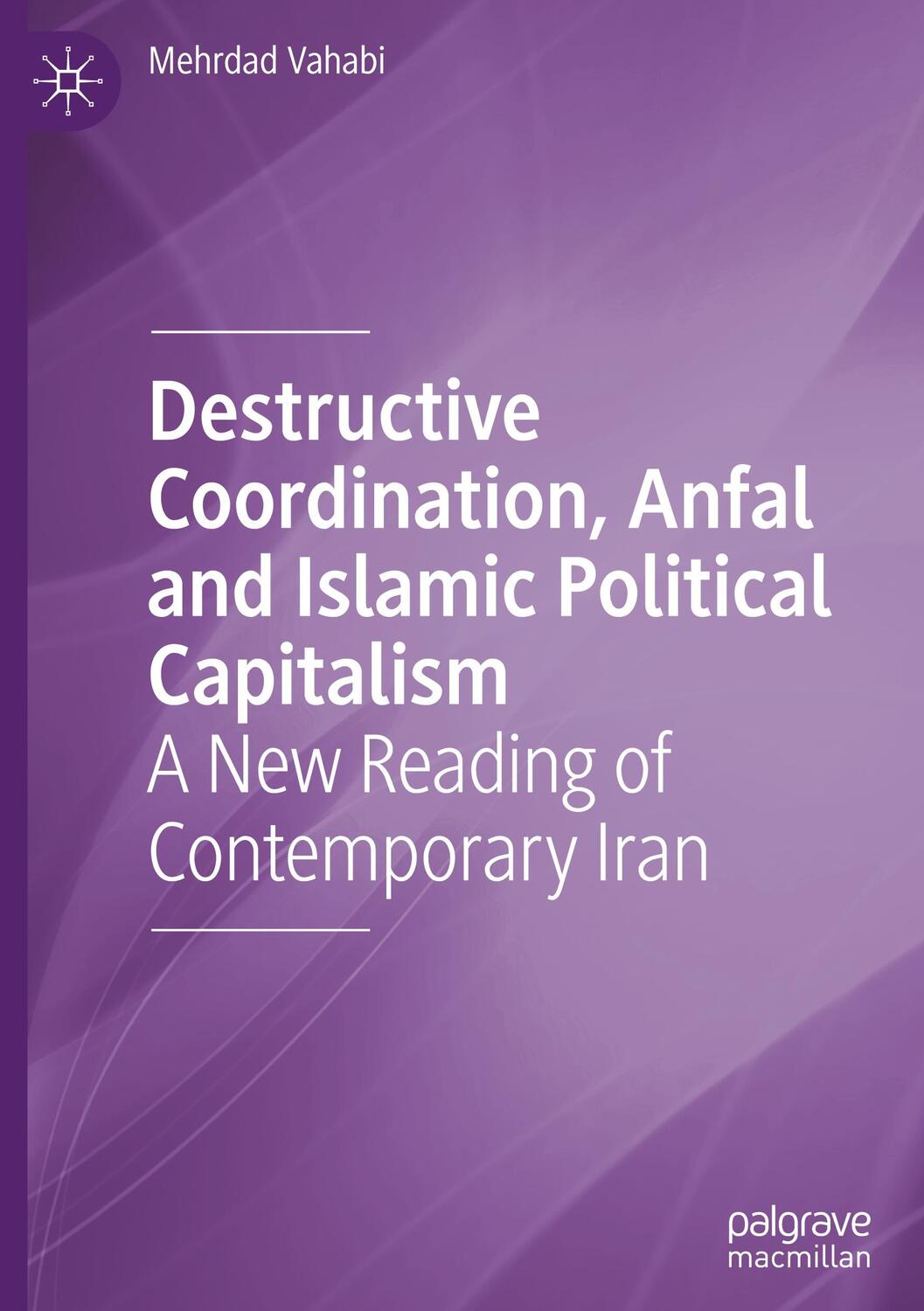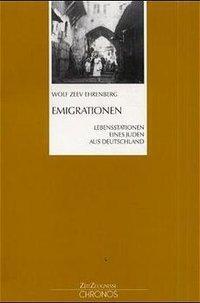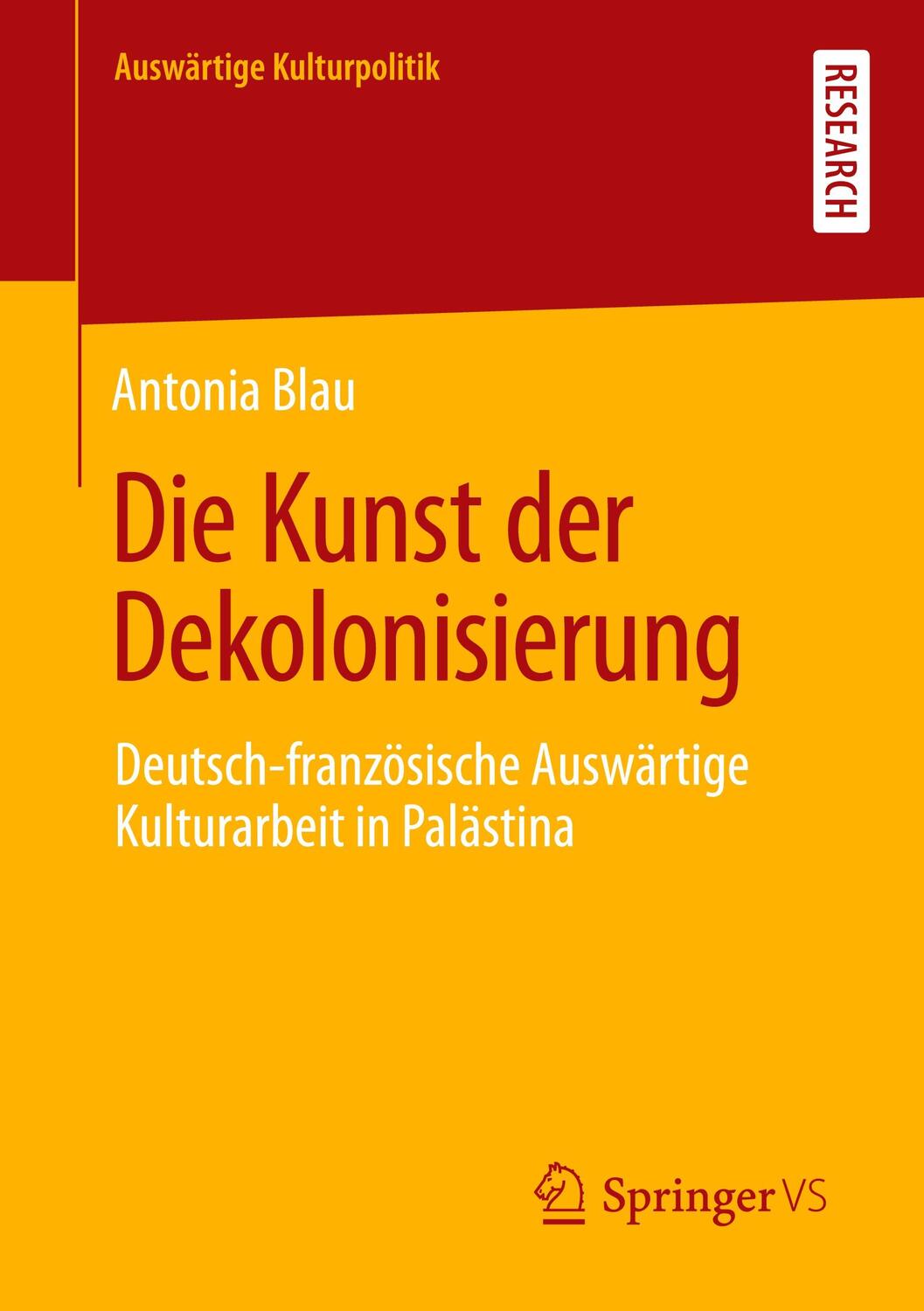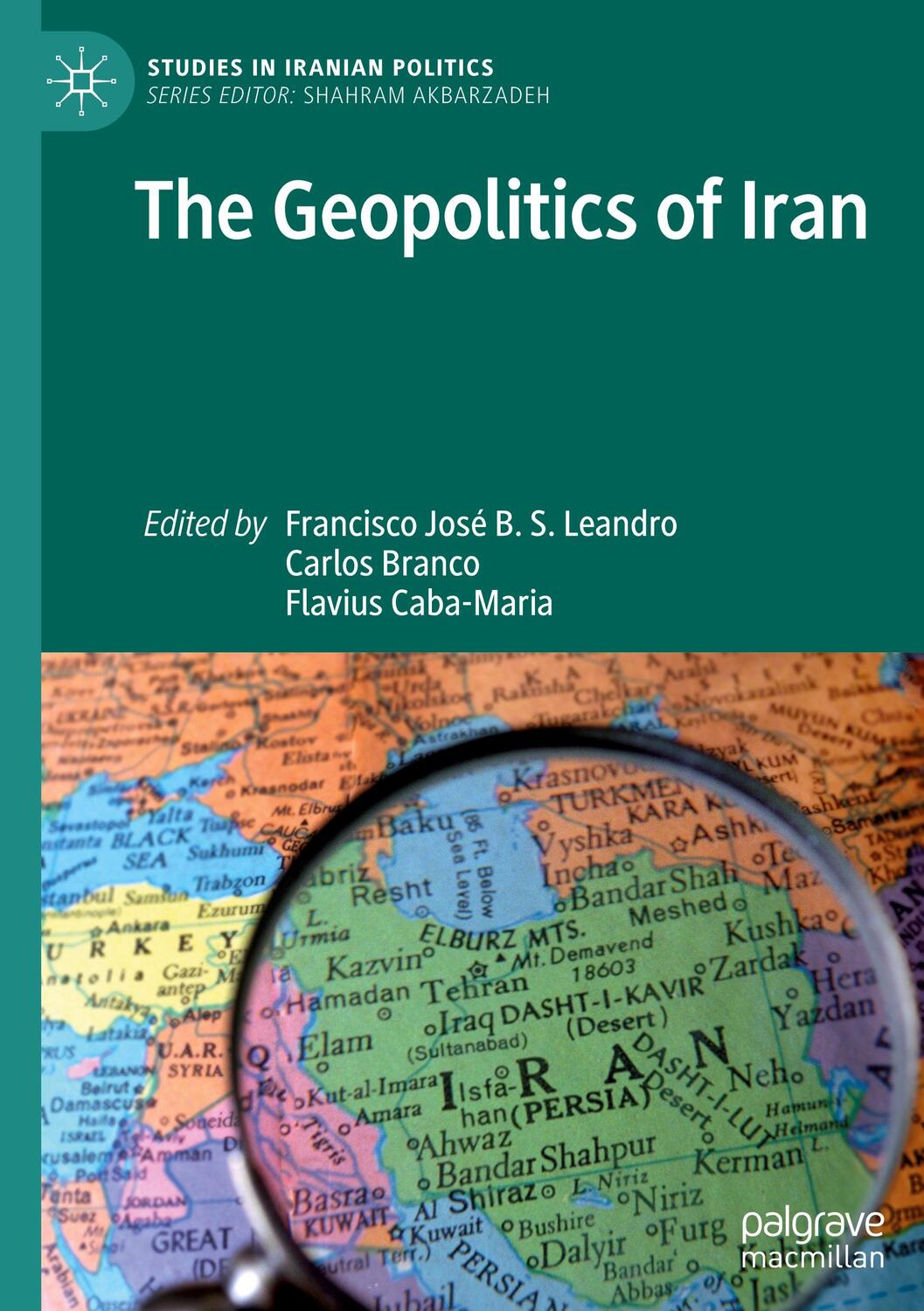Dekorationsartikel gehören nicht zum Leistungsumfang.
Sprache:
Englisch
128,39 €*
Versandkostenfrei per Post / DHL
Aktuell nicht verfügbar
Kategorien:
Beschreibung
This book introduces a new theoretical framework that examines Iran in relation to the theological concept of Anfal, a confiscatory regime seen in Iran since 1979 where public assets belong to the leader of Iran. Through analysing the economic impacts of Anfal, the effects of political capitalism and destructive coordination and how they lead to the economics of hoarding and the flight of capital and labour are highlighted. The economics of predation, ecological disaster, and cooperative coordination are also discussed.
This book aims to highlight the economic consequences of Anfal and its role in sustaining destructive condition and shaping the Islamic political capitalism. It will be relevant to students and researchers interested in the political economy, Middle Eastern and Islamic studies.
This book aims to highlight the economic consequences of Anfal and its role in sustaining destructive condition and shaping the Islamic political capitalism. It will be relevant to students and researchers interested in the political economy, Middle Eastern and Islamic studies.
This book introduces a new theoretical framework that examines Iran in relation to the theological concept of Anfal, a confiscatory regime seen in Iran since 1979 where public assets belong to the leader of Iran. Through analysing the economic impacts of Anfal, the effects of political capitalism and destructive coordination and how they lead to the economics of hoarding and the flight of capital and labour are highlighted. The economics of predation, ecological disaster, and cooperative coordination are also discussed.
This book aims to highlight the economic consequences of Anfal and its role in sustaining destructive condition and shaping the Islamic political capitalism. It will be relevant to students and researchers interested in the political economy, Middle Eastern and Islamic studies.
This book aims to highlight the economic consequences of Anfal and its role in sustaining destructive condition and shaping the Islamic political capitalism. It will be relevant to students and researchers interested in the political economy, Middle Eastern and Islamic studies.
Über den Autor
Mehrdad Vahabi is Professor of Economics at University Sorbonne Paris Nord and director of the research center on Economics at North Paris (CEPN) affiliated to the French National Center for Scientific Research (CNRS). He has published many books in English, French and Persian among them The Political Economy of Destructive Power (Edward Elgar, 2004), The Political Economy of Predation (Cambridge University Press, 2015). He has published more than a hundred articles in peer journals and is an editor of Public Choice.
Zusammenfassung
Provides a multidisciplinary analysis of Iran's economic system
Examines the political and economic institutions that define post-revolution Iran
Includes a comparative analysis of different economic systems
Inhaltsverzeichnis
1 Introduction.- 1.1 Problem Statement.- 1.2 Primacy of Institutions or Economy: Distribution or Production?.- 1.3 Bringing More Diversity to 'Diversity of Capitalisms'.- 1.4 Anfal and Economic Reductionism.- 1.5 Critical Order: Destructive Coordination.- 1.6 Research Method.- 1.7 Background of the Present Book.- References.- 2 Economic Systems, Modes of Production, and Coordination.- 2.1 Introduction.- 2.2 Endogenous Explanations of Social Order and Crisis.- 2.3 Two Levels of Defining Economic Systems.- 2.4 Market Coordination.- 2.5 Authoritative Coordination.- 2.6 Cooperative Coordination.- 2.7 Destructive Coordination.- 2.8 Political Economy of Coordination.- 2.9 Complementarity and Articulation Problem.- 2.10 Other Related Classifications.- 2.11 Conclusion.- References.- 3 Conceptualizing Destructive Coordination.- 3.1 Introduction.- 3.2 Theoretical Background.- 3.3 Destructive Coordination in a One-Shot Game: Traffic Circles.- 3.4 Destructive Coordination in a Repeated Game: Prison.- 3.5 Destructive Coordination and Predatory Appropriation.- 3.6 Biopiracy: Res Nullius and Privatization.- 3.7 Destructive Coordination and Disarticulation Problem.- 3.8 Conclusion.- References.- 4 Political Capitalism, its Varieties, and Islam.- 4.1 Introduction.- 4.2 The Term Capitalism and Diversity of Capitalisms.- 4.3 Weber: Market Versus Political Capitalism.- 4.4 Political Capitalism and Crony Capitalism.- 4.5 General Characteristics of Political Capitalism.- 4.6 Market Capitalism and Great Demarcation.- 4.7 Varieties of Political Capitalism: The North American Case.- 4.8 Varieties of Political Capitalism: The Chinese Case.- 4.9 Varieties of Political Capitalism: The Natural Resource Curse.- 4.10 Islam and Capitalism.- 4.11 Conclusion.- References.- 5 Anfal and Islamic Economics.- 5.1 Introduction.- 5.2 Anfal in Koran and the Battle of Badr.- 5.3 Contradictory Verses on Anfal.- 5.4 Anfal and the Prophet's Practices.- Lands and Properties of Banu al-Nadir.- Fadak.- 5.5 The Place of Anfal in the Islamic Public Finance.- 5.6 Examples and Definition of Anfal in the Shi'i Islam.- 5.7 Anfal and the Constitution of the Islamic Republic of Iran.- Anfal and Article 45.- Anfal and Article 44.- 5.8 Anfal: The Missing Point in the Economic Literature.- 5.9 Shi'i Islam and Islamic Political Capitalism.- 5.10 Conclusion.- References.- 6 Anfal in Practice and Islamic Political Capitalism.- 6.1 Introduction.- 6.2 Institutional Complementarity and General Pattern of Anfal's Progression.- 6.3 Phase 1: Anfal in Khomeini Era (1979-1989).- 6.4 Holding Structure of BMJ and Islamic Charities.- 6.5 Anfal and Islamic 'Welfare State'.- 6.6 Anfal's Progression in its First Phase and Islamic Banks.- 6.7 Phase 2: Anfal and the Transition Period (1989-2005).- 6.8 Setad: The Extension of Anfal and Establishment of a New Giant Holding.- 6.9 Anfal's Progression in its Second Phase and Islamic Banks.- 6.10 Alliance of Anfal and Sepah.- 6.11 Conclusion.- References.- 7 Privatization Decree: Liberalization or Islamization?.- 7.1 Introduction.- 7.2 Privatization Background Under Rafsanjani and Khatami.- 7.3 Khamenei's Privatization Decree: Objectives, Process, and Outcomes.- 7.4 Confusing Definitions of Non-state Public Sector.- 7.5 Privatization Decree and the Third Phase of Anfal's Progression (2006-Now).- 7.6 Anfal and Authoritative Coordination.- 7.7 Anfal and Market Coordination.- 7.8 Anfal and Cooperative Coordination.- 7.9 Anfal and Destructive Coordination.- 7.10 Conclusion.- References.- 8 Islamic Political Capitalism and Economics of Predation.- 8.1 Introduction.- 8.2 Economic and Booty Value of an Asset.- 8.3 Oil as a Mixed (Pure) Captive Asset.- 8.4 Complementarity between Predation and Production: The Shah's Political Capitalism.- 8.5 Predation Versus Production: Islamic Political Capitalism.- 8.6 Capital and Labor Flight as a Typical Economic Behavior.- 8.7 Economics of Hoarding.- 8.8 Anfal and Ecological Disaster.- 8.9 Conclusion.- References.- 9 Epilogue.- References.- References.
Details
| Erscheinungsjahr: | 2022 |
|---|---|
| Genre: | Politikwissenschaften |
| Rubrik: | Wissenschaften |
| Medium: | Buch |
| Seiten: | 480 |
| Inhalt: |
xxiv
454 S. 13 s/w Illustr. 454 p. 13 illus. |
| ISBN-13: | 9783031176739 |
| ISBN-10: | 3031176731 |
| Sprache: | Englisch |
| Ausstattung / Beilage: | HC runder Rücken kaschiert |
| Einband: | Gebunden |
| Autor: | Vahabi, Mehrdad |
| Auflage: | 1st ed. 2023 |
| Hersteller: | Springer International Publishing |
| Maße: | 216 x 153 x 31 mm |
| Von/Mit: | Mehrdad Vahabi |
| Erscheinungsdatum: | 13.12.2022 |
| Gewicht: | 0,728 kg |
Über den Autor
Mehrdad Vahabi is Professor of Economics at University Sorbonne Paris Nord and director of the research center on Economics at North Paris (CEPN) affiliated to the French National Center for Scientific Research (CNRS). He has published many books in English, French and Persian among them The Political Economy of Destructive Power (Edward Elgar, 2004), The Political Economy of Predation (Cambridge University Press, 2015). He has published more than a hundred articles in peer journals and is an editor of Public Choice.
Zusammenfassung
Provides a multidisciplinary analysis of Iran's economic system
Examines the political and economic institutions that define post-revolution Iran
Includes a comparative analysis of different economic systems
Inhaltsverzeichnis
1 Introduction.- 1.1 Problem Statement.- 1.2 Primacy of Institutions or Economy: Distribution or Production?.- 1.3 Bringing More Diversity to 'Diversity of Capitalisms'.- 1.4 Anfal and Economic Reductionism.- 1.5 Critical Order: Destructive Coordination.- 1.6 Research Method.- 1.7 Background of the Present Book.- References.- 2 Economic Systems, Modes of Production, and Coordination.- 2.1 Introduction.- 2.2 Endogenous Explanations of Social Order and Crisis.- 2.3 Two Levels of Defining Economic Systems.- 2.4 Market Coordination.- 2.5 Authoritative Coordination.- 2.6 Cooperative Coordination.- 2.7 Destructive Coordination.- 2.8 Political Economy of Coordination.- 2.9 Complementarity and Articulation Problem.- 2.10 Other Related Classifications.- 2.11 Conclusion.- References.- 3 Conceptualizing Destructive Coordination.- 3.1 Introduction.- 3.2 Theoretical Background.- 3.3 Destructive Coordination in a One-Shot Game: Traffic Circles.- 3.4 Destructive Coordination in a Repeated Game: Prison.- 3.5 Destructive Coordination and Predatory Appropriation.- 3.6 Biopiracy: Res Nullius and Privatization.- 3.7 Destructive Coordination and Disarticulation Problem.- 3.8 Conclusion.- References.- 4 Political Capitalism, its Varieties, and Islam.- 4.1 Introduction.- 4.2 The Term Capitalism and Diversity of Capitalisms.- 4.3 Weber: Market Versus Political Capitalism.- 4.4 Political Capitalism and Crony Capitalism.- 4.5 General Characteristics of Political Capitalism.- 4.6 Market Capitalism and Great Demarcation.- 4.7 Varieties of Political Capitalism: The North American Case.- 4.8 Varieties of Political Capitalism: The Chinese Case.- 4.9 Varieties of Political Capitalism: The Natural Resource Curse.- 4.10 Islam and Capitalism.- 4.11 Conclusion.- References.- 5 Anfal and Islamic Economics.- 5.1 Introduction.- 5.2 Anfal in Koran and the Battle of Badr.- 5.3 Contradictory Verses on Anfal.- 5.4 Anfal and the Prophet's Practices.- Lands and Properties of Banu al-Nadir.- Fadak.- 5.5 The Place of Anfal in the Islamic Public Finance.- 5.6 Examples and Definition of Anfal in the Shi'i Islam.- 5.7 Anfal and the Constitution of the Islamic Republic of Iran.- Anfal and Article 45.- Anfal and Article 44.- 5.8 Anfal: The Missing Point in the Economic Literature.- 5.9 Shi'i Islam and Islamic Political Capitalism.- 5.10 Conclusion.- References.- 6 Anfal in Practice and Islamic Political Capitalism.- 6.1 Introduction.- 6.2 Institutional Complementarity and General Pattern of Anfal's Progression.- 6.3 Phase 1: Anfal in Khomeini Era (1979-1989).- 6.4 Holding Structure of BMJ and Islamic Charities.- 6.5 Anfal and Islamic 'Welfare State'.- 6.6 Anfal's Progression in its First Phase and Islamic Banks.- 6.7 Phase 2: Anfal and the Transition Period (1989-2005).- 6.8 Setad: The Extension of Anfal and Establishment of a New Giant Holding.- 6.9 Anfal's Progression in its Second Phase and Islamic Banks.- 6.10 Alliance of Anfal and Sepah.- 6.11 Conclusion.- References.- 7 Privatization Decree: Liberalization or Islamization?.- 7.1 Introduction.- 7.2 Privatization Background Under Rafsanjani and Khatami.- 7.3 Khamenei's Privatization Decree: Objectives, Process, and Outcomes.- 7.4 Confusing Definitions of Non-state Public Sector.- 7.5 Privatization Decree and the Third Phase of Anfal's Progression (2006-Now).- 7.6 Anfal and Authoritative Coordination.- 7.7 Anfal and Market Coordination.- 7.8 Anfal and Cooperative Coordination.- 7.9 Anfal and Destructive Coordination.- 7.10 Conclusion.- References.- 8 Islamic Political Capitalism and Economics of Predation.- 8.1 Introduction.- 8.2 Economic and Booty Value of an Asset.- 8.3 Oil as a Mixed (Pure) Captive Asset.- 8.4 Complementarity between Predation and Production: The Shah's Political Capitalism.- 8.5 Predation Versus Production: Islamic Political Capitalism.- 8.6 Capital and Labor Flight as a Typical Economic Behavior.- 8.7 Economics of Hoarding.- 8.8 Anfal and Ecological Disaster.- 8.9 Conclusion.- References.- 9 Epilogue.- References.- References.
Details
| Erscheinungsjahr: | 2022 |
|---|---|
| Genre: | Politikwissenschaften |
| Rubrik: | Wissenschaften |
| Medium: | Buch |
| Seiten: | 480 |
| Inhalt: |
xxiv
454 S. 13 s/w Illustr. 454 p. 13 illus. |
| ISBN-13: | 9783031176739 |
| ISBN-10: | 3031176731 |
| Sprache: | Englisch |
| Ausstattung / Beilage: | HC runder Rücken kaschiert |
| Einband: | Gebunden |
| Autor: | Vahabi, Mehrdad |
| Auflage: | 1st ed. 2023 |
| Hersteller: | Springer International Publishing |
| Maße: | 216 x 153 x 31 mm |
| Von/Mit: | Mehrdad Vahabi |
| Erscheinungsdatum: | 13.12.2022 |
| Gewicht: | 0,728 kg |
Warnhinweis











